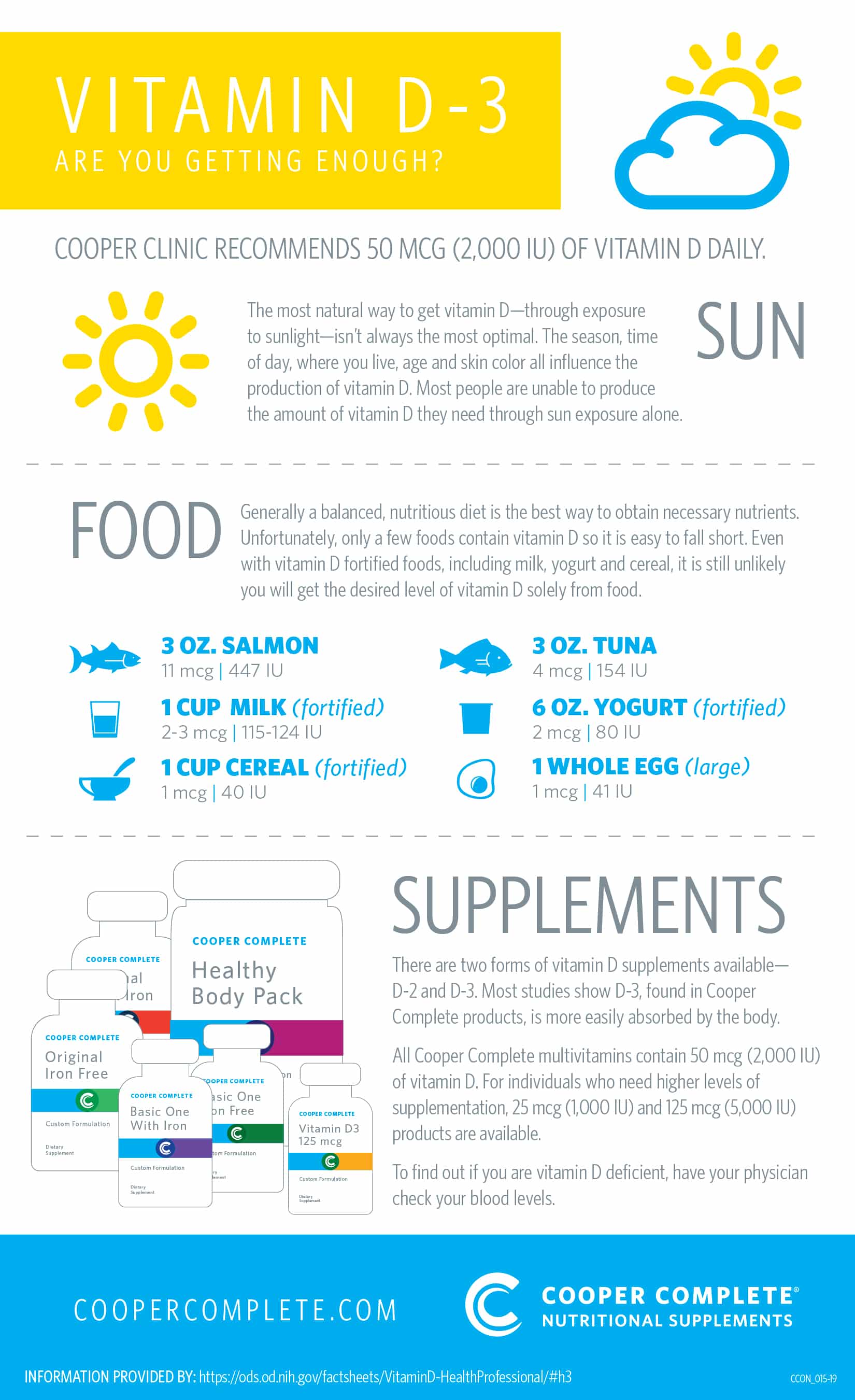The Significance of Vitamin D3 in Human Health
Vitamin D3, also known as cholecalciferol, plays a crucial role in the human body. It is a fat-soluble vitamin that is essential for maintaining optimal health. One of the primary functions of Vitamin D3 is to facilitate calcium absorption in the gut, which is vital for bone health. Adequate Vitamin D3 levels ensure that calcium is efficiently utilized to build and maintain strong bones, reducing the risk of osteoporosis and fractures.
Moreover, Vitamin D3 supports the immune system by modulating the function of immune cells, which helps protect the body against infections and diseases. Additionally, it contributes to cell growth regulation, neuromuscular function, and the reduction of inflammation. By consuming the right amount of Vitamin D3 daily, individuals can contribute to overall well-being and maintain a healthy balance in their bodies.
How Much Vitamin D3 Should You Consume Daily?
The recommended daily intake of Vitamin D3 varies depending on several factors, including age, sex, and lifestyle. According to the National Institutes of Health (NIH), the daily adequate intake (AI) for individuals aged 1-70 years is 600 international units (IU), while those over 70 years should aim for 800 IU daily.
However, individual needs may differ based on factors such as skin type, sun exposure, geographical location, and overall health. For instance, individuals with darker skin tones may require higher Vitamin D3 intake due to their skin’s lower ability to produce Vitamin D3 from sunlight. Similarly, those living in regions with limited sunlight during winter months may need to increase their Vitamin D3 consumption or consider supplementation.
It is essential to consult a healthcare professional for personalized advice on the appropriate daily intake of Vitamin D3. A healthcare provider can evaluate individual factors and recommend the most suitable dosage to maintain optimal health.
Understanding Vitamin D3 Sources
Vitamin D3 can be obtained through various sources, both dietary and through sunlight exposure. Understanding these sources and their pros and cons can help individuals make informed decisions about their daily intake.
Sunlight exposure is a natural way to produce Vitamin D3. When the skin is exposed to sunlight, specifically ultraviolet B (UVB) rays, it triggers the production of Vitamin D3. However, factors such as geographical location, time of year, skin type, sunscreen use, and air pollution can affect the body’s ability to produce Vitamin D3 from sunlight. It is essential to balance the benefits of sunlight exposure with the risks of skin damage and skin cancer.
Dietary sources of Vitamin D3 include fatty fish (such as salmon, mackerel, and sardines), fish liver oils, egg yolks, liver, and fortified foods like milk, orange juice, and cereals. Some mushrooms can also provide Vitamin D2, which can be converted to Vitamin D3 in the body. However, dietary sources may not always provide sufficient Vitamin D3, especially for those with limited access to these foods or specific dietary restrictions.
The Impact of Vitamin D3 Deficiency
Vitamin D3 deficiency can lead to various health issues, affecting both the skeletal and non-skeletal systems. Maintaining adequate Vitamin D3 levels is crucial for overall health and well-being.
One of the most well-known consequences of Vitamin D3 deficiency is weakened bones, also known as osteomalacia in adults and rickets in children. Vitamin D3 plays a vital role in calcium absorption, and a deficiency can result in low calcium levels, leading to soft and fragile bones. This can increase the risk of fractures and contribute to bone-related disorders such as osteoporosis.
Additionally, Vitamin D3 deficiency has been linked to an increased risk of infections, as it supports the immune system by modulating the function of immune cells. A deficiency can weaken the immune response, making individuals more susceptible to various infections and diseases.
Furthermore, research has suggested that Vitamin D3 deficiency may contribute to mood disorders, such as depression and anxiety. Vitamin D3 receptors are present in brain regions involved in mood regulation, and a deficiency can negatively impact mental health. Maintaining adequate Vitamin D3 levels is essential for emotional well-being and overall mental health.
Balancing Vitamin D3 Intake with a Healthy Lifestyle
Maintaining a balanced Vitamin D3 intake is essential for overall health and well-being. By incorporating a healthy lifestyle that includes appropriate sun exposure, a balanced diet, and supplementation when necessary, individuals can ensure they are consuming the right amount of Vitamin D3 daily.
Sun exposure is a natural way to produce Vitamin D3, but it is crucial to balance the benefits with the risks of skin damage and skin cancer. Aim for short, daily exposures of 10-15 minutes between 10 AM and 3 PM, without sunscreen, to help the body produce Vitamin D3. However, individuals with darker skin tones, those living in regions with limited sunlight, or those who cannot spend time outside should consider other sources of Vitamin D3.
A balanced diet rich in Vitamin D3-containing foods can help meet daily requirements. Incorporate fatty fish, such as salmon, mackerel, and sardines, into meals two to three times a week. Egg yolks, liver, and fortified foods like milk, orange juice, and cereals can also contribute to daily Vitamin D3 intake. However, it is essential to be mindful of portion sizes and overall dietary habits to maintain a healthy balance.
Supplementation may be necessary for those who cannot obtain sufficient Vitamin D3 from dietary sources or sunlight exposure. When considering supplementation, consult a healthcare professional for personalized advice, taking into account factors such as age, sex, and lifestyle. It is crucial to follow recommended dosages and be aware of potential risks and precautions associated with Vitamin D3 supplementation.
Monitoring Vitamin D3 Levels: When and How
Regularly monitoring Vitamin D3 levels is essential to ensure adequate intake and maintain optimal health. Blood tests are the primary method for measuring Vitamin D3 levels, specifically measuring the concentration of 25-hydroxyvitamin D [25(OH)D] in the blood.
The optimal range for 25(OH)D levels varies between 30 ng/mL and 50 ng/mL (75 nmol/L and 125 nmol/L). Levels below 20 ng/mL (50 nmol/L) are generally considered inadequate and may indicate Vitamin D3 deficiency. However, it is crucial to consult a healthcare professional for personalized advice on interpreting test results.
Individuals can request Vitamin D3 blood tests through their healthcare provider or a private laboratory. Testing frequency depends on various factors, such as age, sex, lifestyle, and overall health. Generally, annual testing is recommended for most individuals, but those at a higher risk of Vit
Potential Risks and Precautions of Vitamin D3 Supplementation
While Vitamin D3 supplementation can be beneficial for those with deficiencies or insufficient intake, it is essential to be aware of potential risks and precautions. Consult a healthcare professional before starting any new supplement regimen to ensure safety and effectiveness.
Vitamin D3 toxicity, also known as hypervitaminosis D, can occur when consuming excessive amounts of Vitamin D3 over an extended period. Symptoms of toxicity include nausea, vomiting, poor appetite, constipation, weakness, and kidney problems. To avoid toxicity, it is crucial not to exceed the upper limit of daily Vitamin D3 intake, which is 4,000 IU for adults and 2,000 IU for children aged 1-8.
Interactions with medications are another potential risk associated with Vitamin D3 supplementation. Certain drugs, such as corticosteroids, cholestyramine, and anticonvulsants, can affect Vitamin D3 metabolism and increase the risk of deficiency. On the other hand, high Vitamin D3 levels can interfere with the effectiveness of certain medications, such as antiretroviral drugs and some chemotherapeutic agents. Consult a healthcare professional to ensure that Vitamin D3 supplementation will not interact negatively with any medications being taken.
Maintaining Optimal Vitamin D3 Levels: A Long-Term Strategy
Maintaining optimal Vitamin D3 levels is crucial for long-term health and overall well-being. By incorporating a balanced approach to Vitamin D3 intake, individuals can ensure they are consuming the right amount daily and supporting their health in various ways.
First, focus on incorporating Vitamin D3-rich foods into your diet. Fatty fish, such as salmon, mackerel, and sardines, are excellent sources of Vitamin D3. Additionally, consider consuming egg yolks, liver, and fortified foods like milk, orange juice, and cereals. These foods can provide a consistent source of Vitamin D3 and contribute to overall daily intake.
Second, prioritize safe sun exposure when possible. Aim for short, daily exposures of 10-15 minutes between 10 AM and 3 PM, without sunscreen, to help the body produce Vitamin D3. However, be mindful of skin type, sunscreen use, and air pollution, which can affect the body’s ability to produce Vitamin D3 from sunlight.
Lastly, consider supplementation under the guidance of a healthcare professional. For those who cannot obtain sufficient Vitamin D3 from dietary sources or sunlight exposure, supplementation may be necessary. Consult a healthcare professional for personalized advice on dosages, frequency, and potential risks and precautions associated with Vitamin D3 supplementation.







